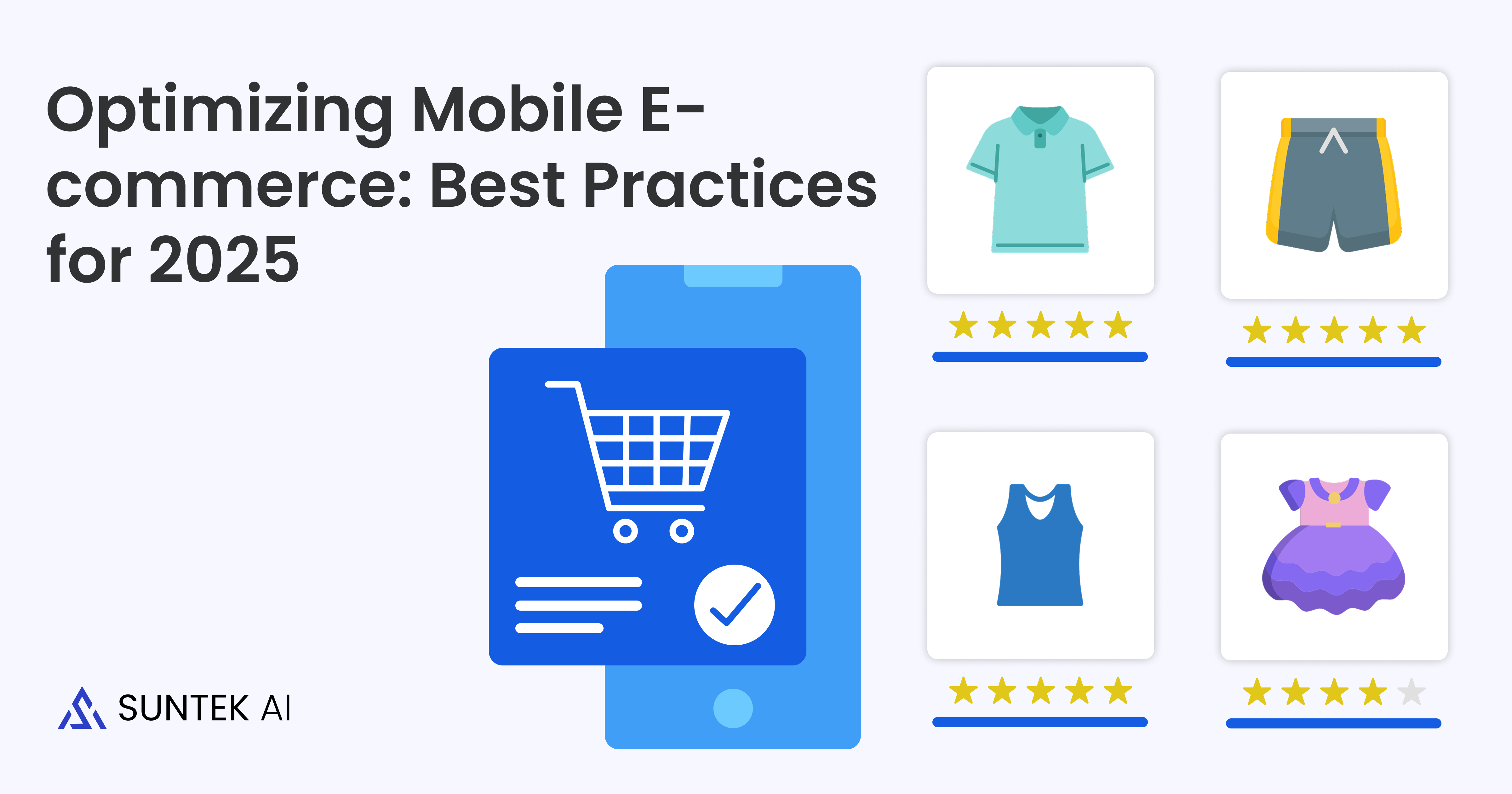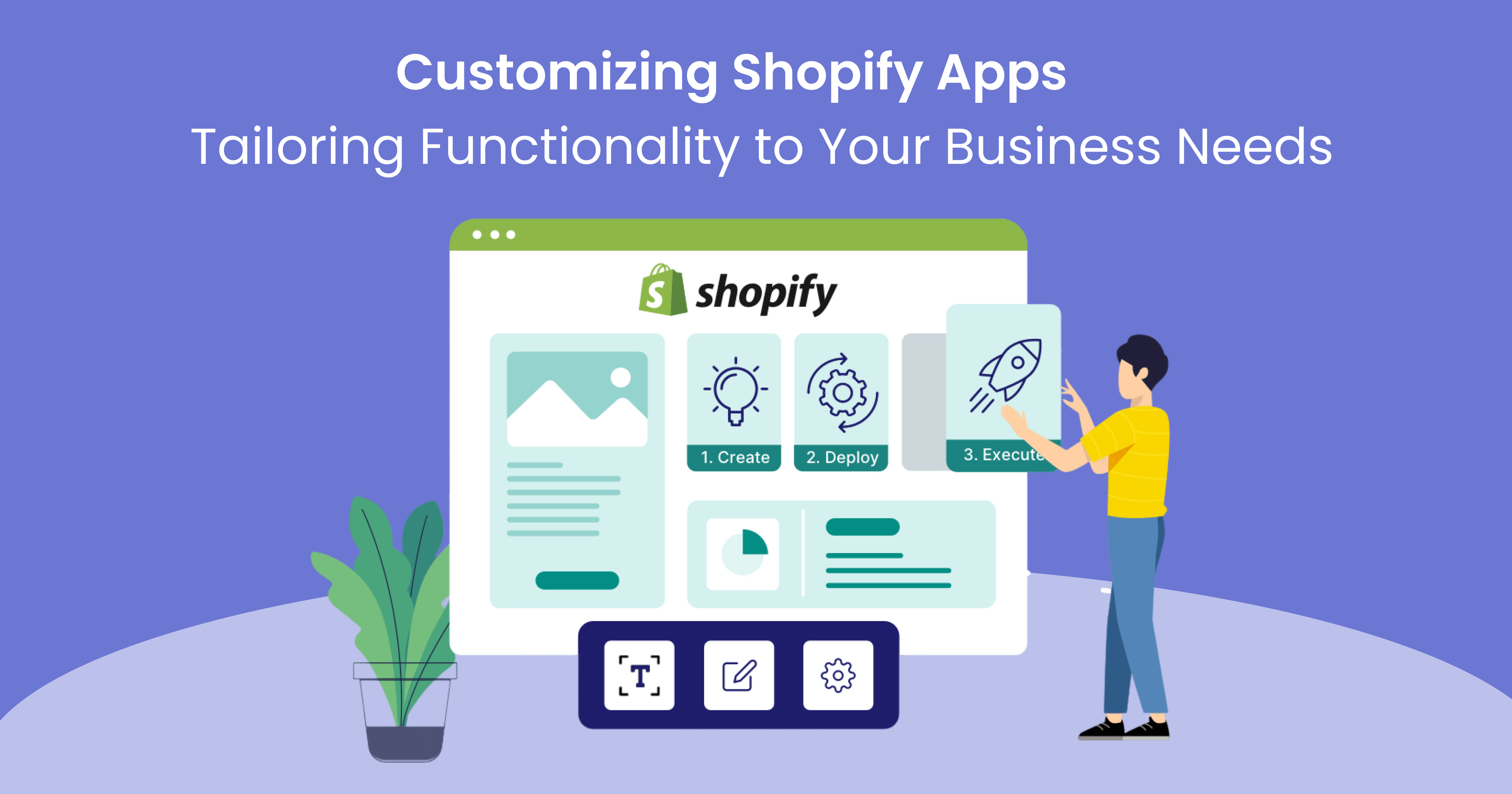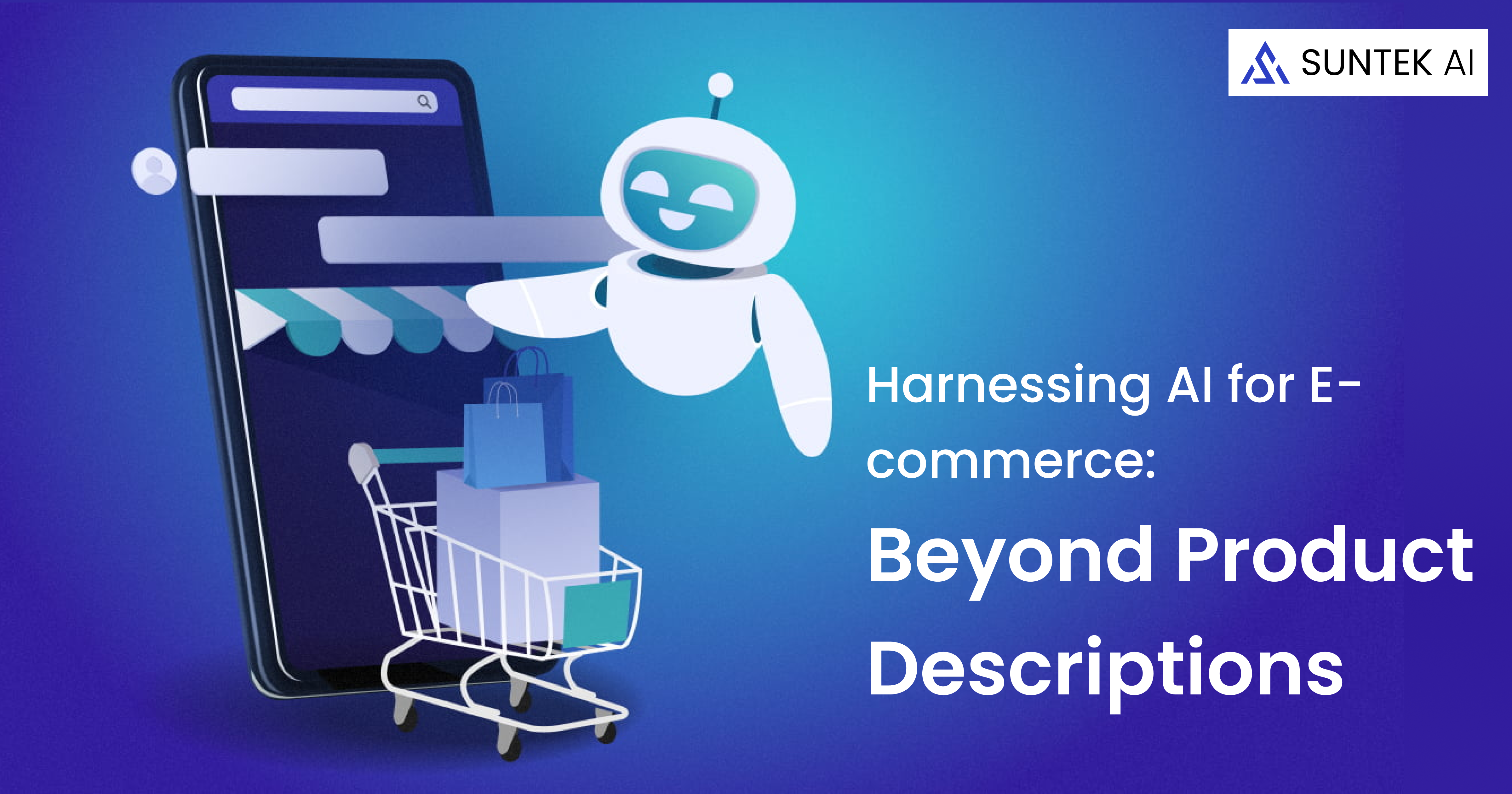Mobile e-commerce has officially taken over. As we move deeper into 2025, more than 75% of online shoppers now browse and buy via smartphones. The message is clear: if your mobile store isn’t optimized, you lose business.
But what does mobile optimization really mean today? A responsive site alone isn’t enough. In 2025, it’s about speed, UX precision, personalization, and seamless checkout experiences. Let’s dive into the best practices you need to follow to stay ahead of the curve and convert more mobile users than ever before.
1. Speed Is Still King — Even More So in 2025
A one-second delay in page load can cut conversions by up to 20%. With 5G and faster devices, user expectations are higher than ever. If your mobile site drags, you’re not just frustrating users — you’re hurting SEO and ROI.
Best practices:
- Use modern formats like WebP/AVIF to keep images fast and lightweight.
- Enable lazy loading for images and content that appear as the user scrolls.
- Leverage CDNs and server-side caching.
- Audit your site regularly with tools like Google PageSpeed Insights and Lighthouse.
2. Design for Thumbs, Not Cursors
Mobile UX is fundamentally different from desktop. In 2025, mobile-first design means thumb-friendly layouts, larger tap targets, and streamlined navigation.
Tips to follow:
- Place critical actions (Add to Cart, Buy Now) within the thumb zone.
- Use bottom nav bars instead of hamburger menus.
- Avoid pop-ups that interrupt the flow or are hard to close on smaller screens.
- Ensure all forms are mobile-friendly — auto-fill, large input fields, and numeric keypads for phone numbers.
3. Elevate Mobile Checkout Experience
Cart abandonment rates are still high on mobile, primarily due to friction during checkout. To reduce drop-offs, your checkout process should be fast, intuitive, and secure.
What to implement:
- Guest checkout options (don’t force account creation).
- One-page or one-click checkouts where possible.
- Mobile wallet options such as Apple Pay, Google Pay, and Shop Pay.
- Auto-fill for addresses, cards, and shipping details.
- Clearly display shipping costs and estimated delivery dates upfront.
4. Personalization with AI and Behavioral Data
In 2025, mobile shoppers expect hyper-personalized experiences. AI and real-time behavioral data can help you tailor product recommendations, pricing, and offers.
Tactics to try:
- Offer personalized product suggestions based on browsing history using AI.
- Offer geo-targeted promotions or language preferences.
- Send personalized push notifications (with permission).
- Deploy chatbots or AI assistants to help users navigate or ask questions quickly.
5. Visual Search and Voice Commerce Are Rising
Shoppers increasingly use mobile cameras and voice assistants to search for products. E-commerce brands that adapt will get ahead.
How to optimize:
- Enable visual search tools where users can upload or snap a product photo to find similar items.
- Optimize product descriptions and FAQs for voice search (conversational queries).
- Use structured data/schema markup to help Google understand and surface your content for voice results.
6. Mobile SEO: Beyond the Basics
SEO in 2025 means more than meta tags. Google now uses mobile-first indexing, so your mobile site’s user experience directly affects your rankings.
Must-do mobile SEO tasks:
- Ensure your mobile site mirrors your desktop site in content and metadata.
- Address mobile usability issues identified in Google Search Console.
- Use breadcrumb navigation, internal links, and simple URL structures.
- Focus on Core Web Vitals—especially LCP, FID, and CLS — for mobile users.
7. Progressive Web Apps (PWAs) for the Win
PWAs blend the features of websites and native apps seamlessly. They’re fast, installable, and work offline — perfect for mobile e-commerce in 2025.
Benefits of PWAs:
- Lightning-fast load times.
- Home screen accessibility without an app store.
- Offline access and push notifications.
- Better engagement and higher conversion rates.
Mobile e-commerce isn’t a trend — it’s the default. As the lines between digital and physical retail blur, delivering frictionless mobile experiences is non-negotiable.
By focusing on speed, UX, personalization, and new technologies like voice and visual search, you’re not just optimizing — you’re future-proofing your e-commerce business.
The mobile moment is now. Are you ready to meet your customers where they are — in their palms?




